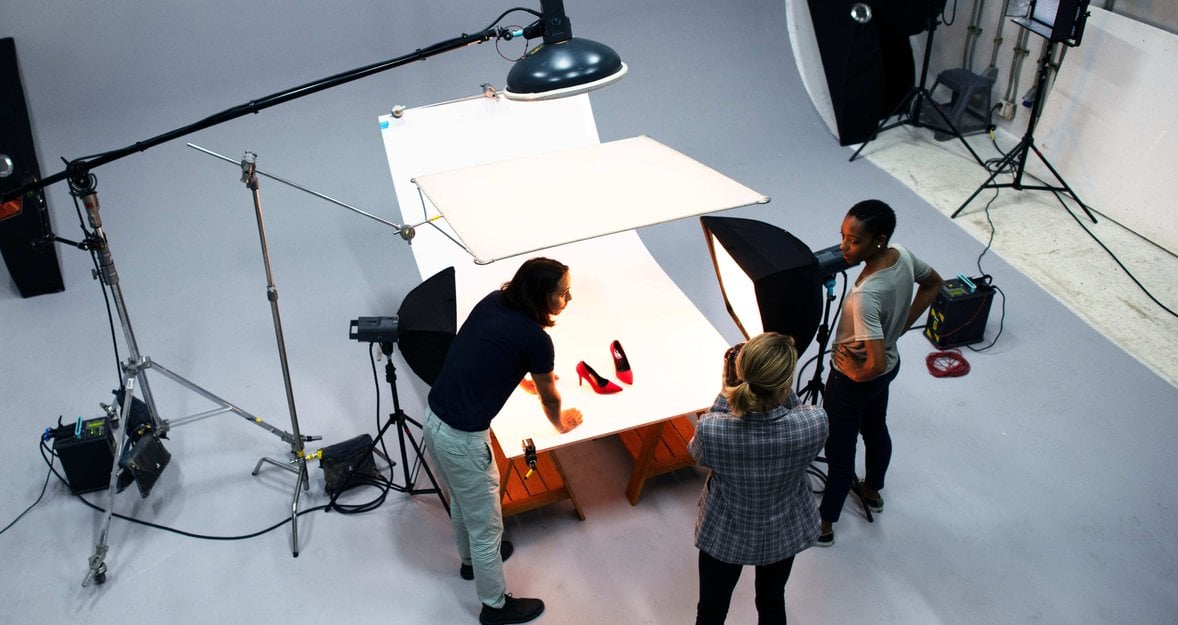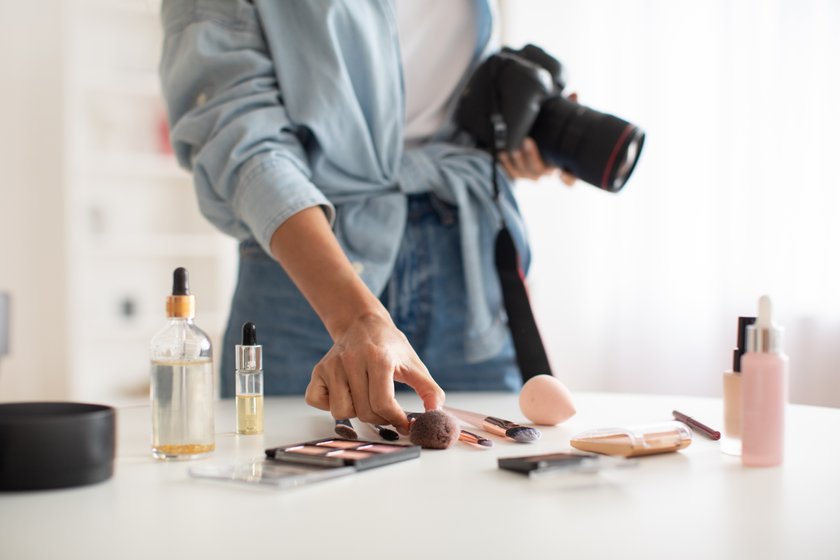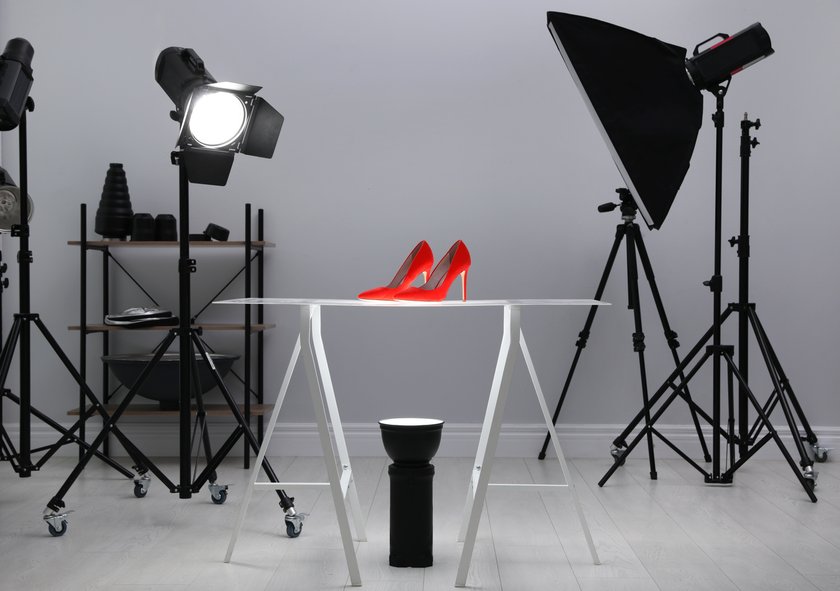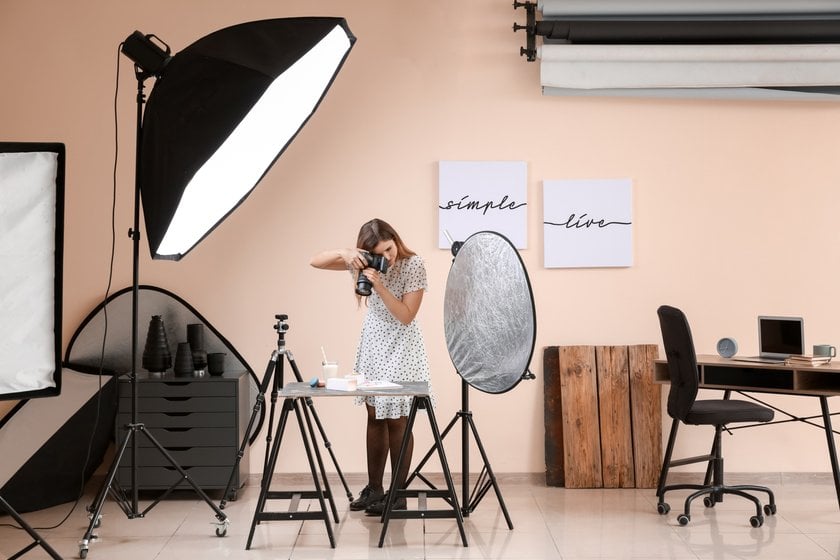How to Take Product Photos That Sell
August 23, 2023

In the world of e-commerce, the phrase "a picture is worth a thousand words" couldn't be truer. A captivating product image can make all the difference in convincing a potential customer to hit that 'Buy Now' button.
But how do you ensure your images stand out in an overcrowded online marketplace? How to take professional photos of products that not only showcase their features but also evoke emotions and resonate with your target audience? If you're on the hunt for the ultimate product photography guide, you've come to the right place.
From composition and lighting to editing, we've compiled a collection of expert tips and strategies to help you transform your product photography into a powerful sales tool.
Get ready to elevate your e-commerce game and master the art of creating stunning visuals that captivate and convert!
Product Photography's Role in E-Commerce Success

In the digital age, product photography has become an integral part of e-commerce success. With the majority of consumers shopping online, the visual representation of an item is often their first, and sometimes only, interaction with it before making a purchase decision.
High-quality, professional-looking images not only help to build trust with customers but also significantly increase conversion rates. A well-composed, thoughtfully lit, and expertly edited product photo can communicate its features, quality, and value in a way that text descriptions alone can't achieve. For those new to the field, product photography for beginners might seem overwhelming, but it's important to understand that with the right techniques and a little practice, anyone can create stunning images.
In short, product photography is a key element in driving sales and growing your e-commerce business. It's an investment that, when done right, can deliver substantial returns!
Composition Techniques

Mastering composition is one of the most important product photography techniques for creating eye-catching images that sell. Composition refers to how elements are arranged within the frame of your image, and it plays a crucial role in directing the viewer's attention to your product. With the right composition techniques, you can transform ordinary photos into powerful visuals that make an impact.
- Importance of Framing and the Rule of Thirds: Framing is about strategically placing the item within the image to emphasize its essential features and captivate the viewer. A popular technique is the rule of thirds, where the image is split into nine equal parts by two horizontal and two vertical lines. Position the main subject (the item) at the intersection points to naturally draw attention and achieve a visually balanced image.
- Capturing Different Angles: Experiment with perspectives. Showcase the item's features by utilizing various angles: overhead shots for flat-lay images, close-ups for intricate details, and side angles for depth or profile views. Put yourself in the customer's shoes to capture angles that convey the most valuable information. Since online shoppers can't physically touch or try the item, it's crucial to provide images that reveal its qualities from multiple vantage points.
- Styling and Prop Selection: Thoughtful styling and props can create a narrative, establish context, and heighten the visual appeal of the images. Select props that complement the item without overpowering it. For instance, when selling a teapot, consider including a teacup, saucer, and loose tea leaves in the frame. These props craft a cozy, inviting atmosphere that resonates with tea enthusiasts. Styling should be deliberate and relevant to the target audience, aiming to evoke emotions and establish a connection between the item and the viewer.
In conclusion, by mastering these composition techniques, you'll be well-equipped to know how to take pictures of products to sell online that not only showcase their features but also create an emotional connection with your audience. Remember, a strong composition can set the stage for a compelling product photo that captures attention and drives sales.
Lighting Tips

Lighting is a cornerstone of successful product photography. No matter how well-composed or well-styled your shot is, poor lighting can make it fall flat. Whether you're a seasoned professional or just starting with product photography DIY, understanding and mastering lighting techniques is essential.
- Discuss the Role of Good Lighting in Product Photography: Proper lighting reveals the best attributes of a product, lends depth to images, and significantly impacts the mood and perception of the item. When a product is well-lit, it appears more appealing and inviting, a crucial factor in persuading potential buyers to purchase.
- Compare Natural vs. Artificial Light and Their Respective Advantages: Both natural and artificial light come with their own merits, and the optimal choice depends on the item and the intended outcome. Natural light, soft and diffused, is perfect for fostering a warm, welcoming ambiance. It's accessible and an excellent option for DIY enthusiasts who may not possess professional equipment. Conversely, artificial light offers greater control over intensity, direction, and color, enabling more creative freedom and the achievement of specific effects. When using artificial light, it's advisable to employ a lightbox or softbox to soften the light and reduce harsh shadows.
- Offer Tips for Using Lighting to Create Mood and Emphasize Details: The direction and quality of light can profoundly influence the mood of your images. For instance, side lighting can introduce dramatic shadows that add depth and texture, while backlighting imparts a dreamy, ethereal feel. Experiment with various angles and sources of light to determine what suits your product best. Reflectors can also be used to direct light back onto the item and eliminate strong shadows.
Remember, in product photography, lighting is essential. By mastering the right lighting techniques, you can present your product in the most flattering light, cultivate an inviting atmosphere, and accentuate the features that set your item apart.
Editing and Post-Processing
Editing and post-processing are essential steps in product photography. While getting the right composition and lighting in the initial shot is important, post-processing allows you to enhance the image, correct any imperfections, and bring your creative vision to life. With the right editing tools and techniques, you can transform a good photo into a stunning product image.
- Explain Why Post-Processing is Crucial: Post-processing is not about altering your product but enhancing the image to present your product in the best possible light. Editing can help you adjust the exposure, correct the colors, and sharpen the image, making it appear more appealing to potential buyers.
- Cover Basic Editing Techniques: Begin with basic editing techniques like cropping, color correction, and retouching. Cropping can help you frame your product better and remove any distractions from the background. Color correction ensures that your product looks true to its real-life color, which is crucial for online shoppers. Retouching allows you to remove any blemishes or imperfections from the product or background.
- Recommend Tools and Software for Editing Your Product Photos: There are numerous tools and software available for editing your product photos, but one that stands out is Luminar Neo. Luminar Neo is a powerful and intuitive photo editing software that comes with a plethora of features and tools that make editing your product photos a breeze. With its AI-powered technologies, you can effortlessly remove blemishes, enhance details, and even replace the background in just a few clicks. Luminar Neo also offers advanced color grading tools and creative filters that can help you create stunning and unique product images that stand out from the crowd.
Advanced yet easy-to-use photo editor
Get Luminar Neo NowSo, editing and post-processing play a crucial role in product photography. It's an opportunity to enhance your images, correct any imperfections, and bring your creative vision to life. By mastering editing techniques and using powerful tools like Luminar Neo, you can create stunning images that captivate and convert. Remember, a well-edited product photo not only showcases your product in its best light but also communicates professionalism and attention to detail, which can go a long way in building trust with your customers.
Wrap-Up

In a crowded e-commerce market, standout product photography can set your brand apart and drive sales. As our guide has highlighted, it's not just about showcasing your products but creating an emotional connection with your audience through carefully composed, well-lit, and expertly edited images.
A professional product photography setup is key to achieving these results. By investing in the right equipment and taking the time to hone your skills, you can make your product images a powerful sales tool.
Remember, your product photos are often the first impression potential customers have of your brand and products. Make it count by applying the techniques and strategies we've discussed, and watch your e-commerce sales soar!






